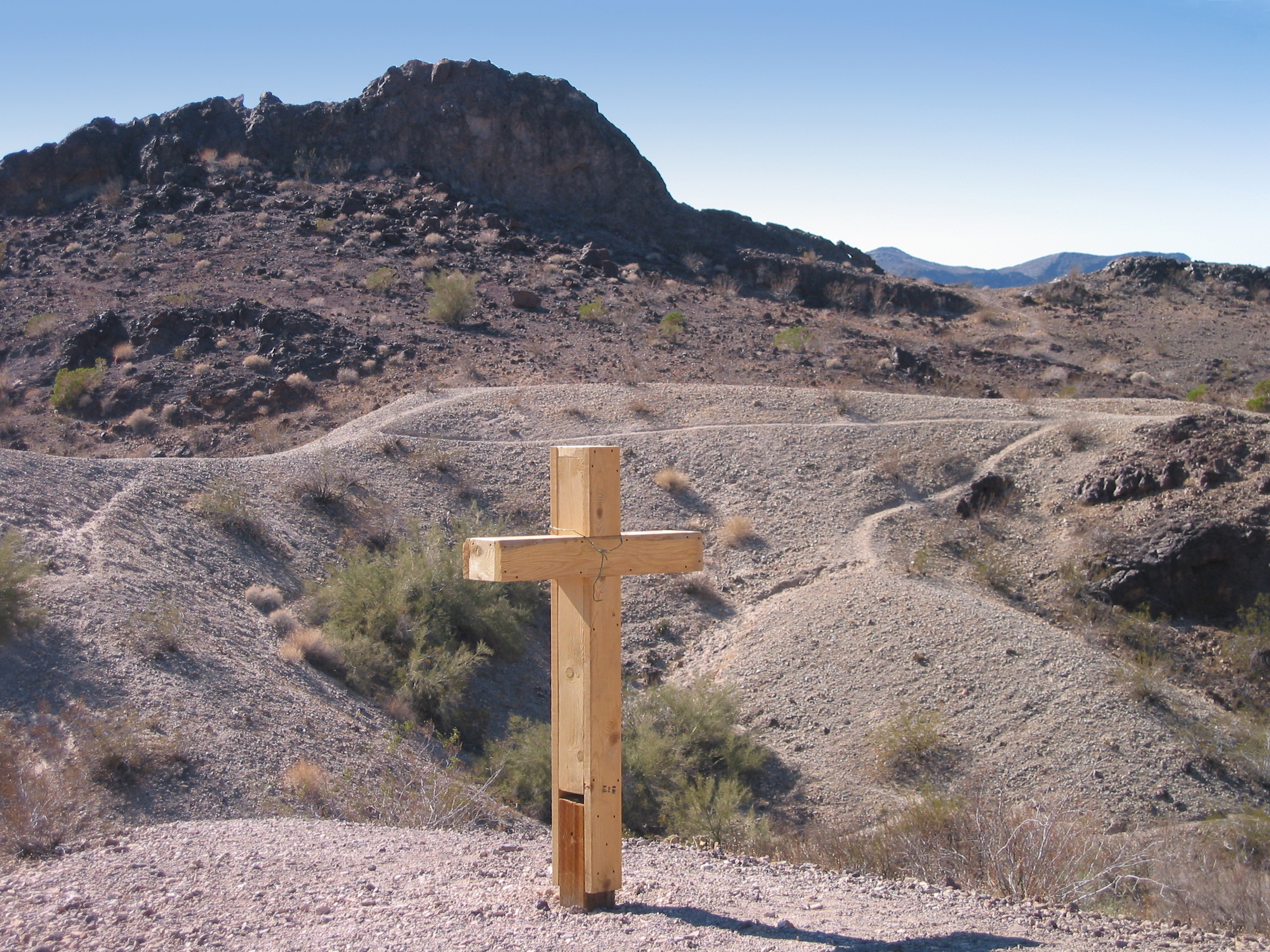For this year’s Lenten Guide, each member of the Council staff chose a verse from a favorite hymn to write about. We will post their reflections throughout Lent, for Ash Wednesday, each Sunday, and throughout Holy Week.
I danced on a Friday
When the sky turned black
It’s hard to dance
With the devil on your back.
“I Danced in the Morning (Lord of the Dance)” — Presbyterian Hymnal #302
Dancing and the church have always been intertwined for me. Growing up, I attended a “community arts church” that had a theatre ministry (which is actually how I got involved with the church as a budding thespian). My dance teacher also attended the church and she began choreographing liturgical dance pieces for our Christmas and Easter services. For me, dancing was an accepted and integral part of worship. It is probably due to this upbringing that I have always enjoyed the hymn “Lord of the Dance.” The tune is catchy and the imagery, which imagines Jesus as a piper inviting us into a dance, is vibrant. However, this hymn resonates with me not just because it’s fun to sing, but also because it has deep theological references as well as personal cultural connections for me.
“Lord of the Dance” isn’t necessarily a Lenten hymn; it portrays the entire life and mission of Jesus, although the arrangement carries a darker undertone when recounting the crucifixion and death of Jesus. The tune is that of “Simple Gifts,” a Shaker melody. Sydney Carter, the author of the hymn said of it, “I did not think the churches would like it at all. I thought many people would find it pretty far flown, probably heretical and anyway dubiously Christian. But in fact, people did sing it and, unknown to me, it touched a chord…Anyway, it’s the sort of Christianity I believe in.” What sort of Christianity is Carter referring to? What is significant about the words of the hymn?
While hymns, like scripture, can be interpreted differently by each individual, for me, Jesus as the Lord of the Dance suggests that the life and words of Jesus give us all a dancing pattern that we would do well to follow. Jesus danced throughout his life: in his confidence and in his fear, in his joy and in his sorrow, in his peace and in his anger, Jesus “danced”—with beauty, purpose, and grace – and he invites us to do the same. What makes this hymn unique is its joy, demonstrating that even when it is difficult to dance, Jesus is able to stay on beat. Through his birth, death, and resurrection Jesus bring s humanity out of chaos into joyful harmony with God and his creation. This is a Christianity that uplifts and allows us to celebrate the power of love and faith even when confronted by our own frailties and failings.
The particular line “it’s hard to dance with the devil on your back” also resonates with me because it is referenced in the song “Shake It Out” by indie rock band Florence and the Machine. Almost identical to Carter’s words, Florence Welch sings, “It’s hard to dance with the devil on your back, so shake him off.” Like Carter’s hymn, “Shake It Out” is a victorious anthem of joy and hope for the future as she sings, “It’s always darkest before the dawn.”
On Good Friday, we commemorate the death and crucifixion of Jesus, but we keep dancing because we know this is not the end. As dark and scary as things may seem, we know that Jesus can transform our heavy, awkward steps into freer, lighter, more graceful ones. In the words of Carter, “I am the dance, and I still go on.” Similarly, in the words of Florence Welch, “I’m ready to suffer and I’m ready to hope.”

